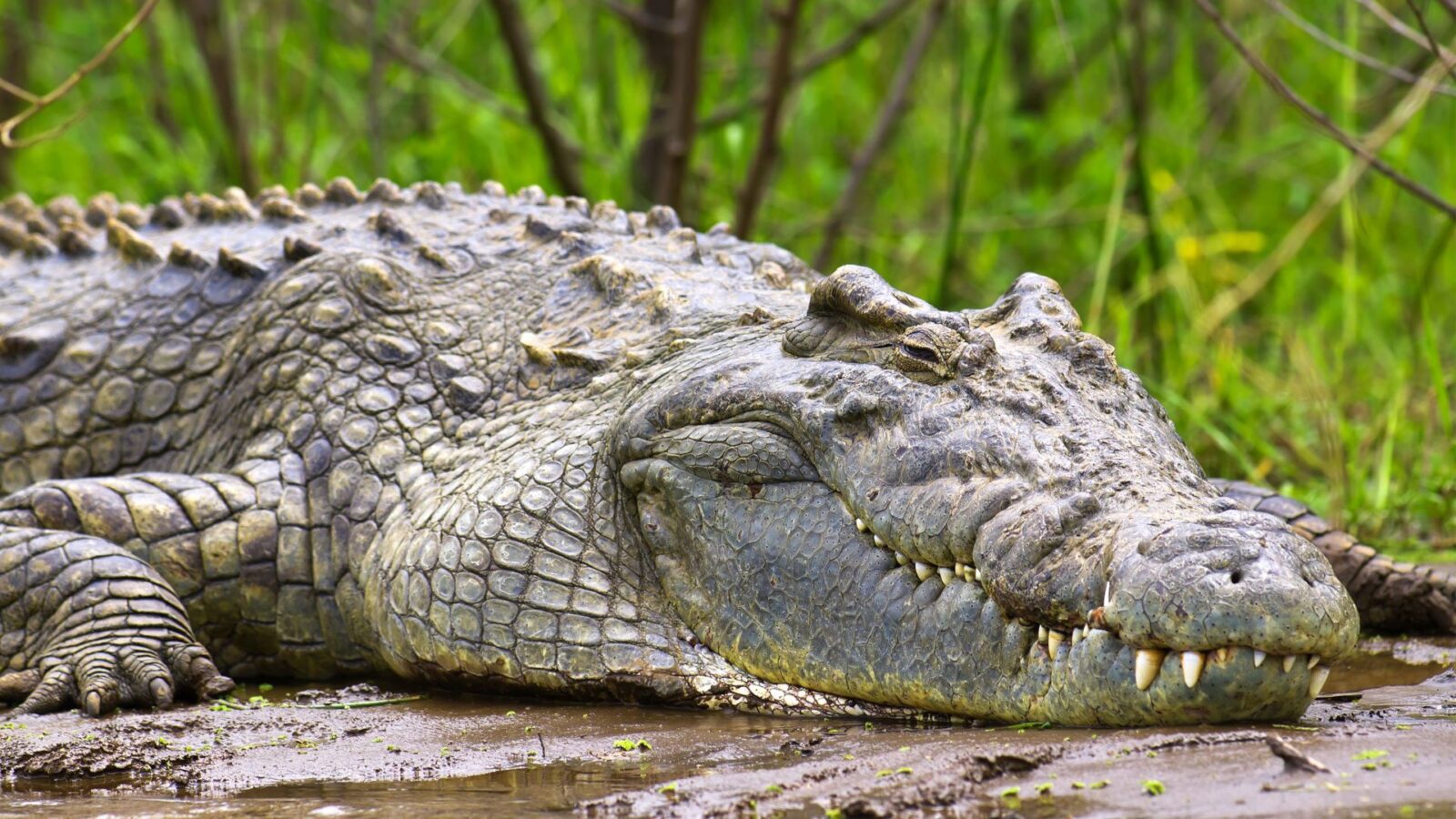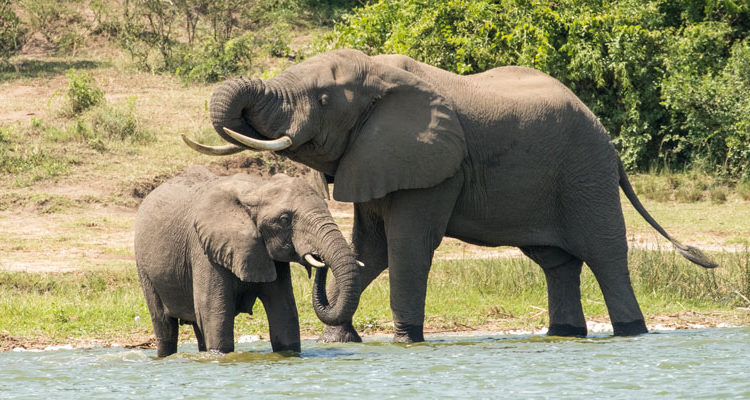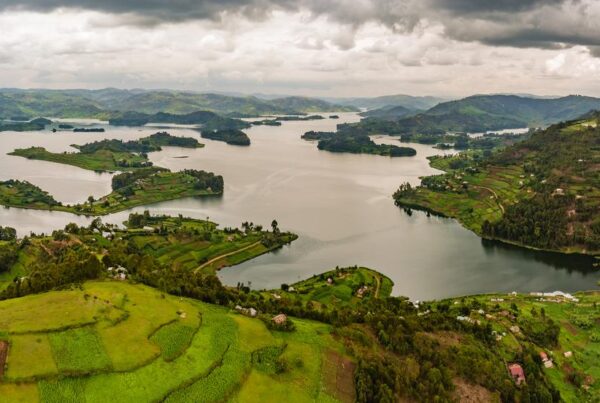Wildlife Safari on the Nile in Murchison Falls
A River That Holds the Soul of the Wilderness
There are rivers that carve landscapes, rivers that sustain civilizations, and rivers that whisper legends. Yet, among them, the Nile River stands unparalleled, not merely as the world’s longest river but as a lifeline of stories, cultures, and ecosystems that stretch across continents. Nowhere does the Nile speak more powerfully to the soul of the wild than within Murchison Falls National Park, where it crashes through a narrow gorge to create the most powerful waterfall on Earth. Here, the river becomes more than a current of water; it transforms into the stage of a wildlife safari unlike any other in Africa.
The wildlife safari on the Nile in Murchison Falls is an experience where land and water merge into one. It is not confined to the savannah plains nor restricted to forest pathways. Instead, it flows with the river, unveiling dramas of survival, moments of serenity, and spectacles of nature that unfold against the eternal backdrop of rushing waters and endless horizons. Every bend of the Nile within the park reveals a new chapter: pods of hippos grunting in unison, crocodiles basking with prehistoric stillness, elephants descending majestically to drink, and birds filling the skies with vibrant motion.
This is not an ordinary safari. It is an encounter with a river that commands reverence, a wilderness that thrives along its banks, and a waterfall that symbolizes both destruction and renewal. To embark on a Nile safari in Murchison Falls is to step into the heartbeat of Africa, where each moment tells a story written by the river itself.
The River That Defines Murchison Falls
To understand the wildlife safari on the Nile, one must first appreciate the river’s role in shaping the identity of Murchison Falls National Park. Flowing from Lake Victoria, the Nile journeys northward, carving its way through Uganda in a relentless rhythm that has defined ecosystems and cultures for millennia. When it reaches the park, it divides the land into contrasting habitats: the northern banks dominated by savannah grasslands and the southern regions covered in woodland and forest.
At the heart of the park, the river narrows dramatically into a six-meter gorge before exploding in a thunderous cascade to form Murchison Falls. This force of water, compressed and released with extraordinary power, not only defines the park’s name but also influences the patterns of life around it. The spray nourishes riverine vegetation, the flow creates fertile banks, and the constant supply of water ensures the survival of countless species.
Thus, the Nile is not simply a river within the park; it is the lifeblood of Murchison Falls, the foundation upon which the entire safari experience rests.
Wildlife Along the Nile: A Symphony of Species
The Nile provides a gathering place for some of Africa’s most iconic wildlife. Unlike the savannah drives, where animals are often spotted in the distance, the safari along the river brings travelers face to face with the raw intimacy of life at the water’s edge.
Pods of hippos dominate the river, their massive bodies submerged by day while only eyes and ears betray their presence above water. Their grunts form a constant chorus, sometimes humorous, sometimes intimidating, but always unforgettable. At dusk, these giants emerge to graze on the floodplains, transforming the riverbanks into living pastures.
Crocodiles, survivors of prehistoric ages, line the sandy shores. Motionless in the sun, they appear like statues, yet with terrifying swiftness they remind travelers of their predatory nature. Watching one slip silently into the water is to witness a moment of quiet menace that only the Nile can create.
Elephants descend in majesty, their movements deliberate as they drink, bathe, or cross the river in groups. The sight of these creatures moving through the currents is one of the most stirring spectacles of a Nile safari, symbolizing both the power of nature and the grace of its inhabitants.
Buffalo graze along the banks, giraffes feed at the edges of acacia groves, and antelope species such as waterbucks and Uganda kob make regular appearances. These animals are not seen in isolation but as part of the greater rhythm of life that pulses along the Nile.
Above, the skies belong to birds. African fish eagles call with piercing cries that echo across the waters, while kingfishers dart with flashes of color. Herons, egrets, and cormorants populate the banks, and the elusive shoebill stork—prehistoric in appearance and rare in occurrence—lurks among the papyrus swamps. With over 450 species recorded in the park, the birdlife along the Nile transforms every safari into a vibrant pageant of color and sound.
The Iconic Boat Safari: A Journey on the Water
If the game drive defines the land safari, the boat safari along the Nile defines the river safari. It is perhaps the most immersive way to experience the wildlife of Murchison Falls, combining the thrill of close encounters with the serenity of drifting upon a historic river.
As the boat glides upstream toward the base of Murchison Falls, passengers are transported into an unfolding drama. Hippos surface alongside the vessel, crocodiles bask unbothered on the banks, and elephants appear like guardians of the shoreline. The boat moves slowly, allowing time for observation, photography, and reflection. Unlike the urgency of a vehicle safari, the river cruise unfolds in a rhythm dictated by the Nile itself.
The climax of this journey is the approach to the base of Murchison Falls. Here, the river’s calm expanse is suddenly transformed into churning rapids as water hurtles toward the narrow gorge. The roar of the falls grows louder, the spray fills the air, and the sheer force of nature becomes palpable. It is a moment that transcends wildlife observation and ventures into the spiritual realm of awe.
The Delta Safari: Where River Meets Lake
While the upstream journey toward the falls is the most popular, the downstream safari to the Nile Delta offers an equally remarkable experience. Here, the river fans out as it approaches Lake Albert, creating vast wetlands that serve as vital habitats for both animals and birds.
The delta is particularly famed for sightings of the shoebill stork, a rare and extraordinary bird that draws birdwatchers from across the world. The wetlands also attract flocks of pelicans, geese, and countless migratory species.
Mammals are abundant in this region, with elephants frequently seen in the reeds, hippos scattered across the channels, and crocodiles lurking in the shallows. The sheer expanse of the delta creates an atmosphere of abundance and tranquility, offering a contrast to the dramatic energy of the falls.
The Role of the Nile in Predator-Prey Drama
The Nile is not only a place of peaceful coexistence but also a stage for the timeless drama of predator and prey. Crocodiles lie in wait for unsuspecting animals that approach the water’s edge. Lions, though more associated with savannah hunting, are occasionally drawn to the riverbanks, where they ambush prey in the cover of reeds.
Birds of prey add to this spectacle. Fish eagles swoop down to snatch unsuspecting fish, while vultures circle above, awaiting opportunities created by predation. Even the hippos, though primarily herbivorous, are known for their aggression, creating moments of unexpected tension in the river’s daily rhythms.
The Nile safari thus reveals the wilderness in its rawest form—life and death entwined in a cycle that has endured for millennia.
Morning, Afternoon, and Sunset on the River
The experience of the Nile safari changes with the time of day. In the morning, the river is wrapped in mist, and the wildlife stirs into activity. Birds call in great numbers, and hippos grunt as they retreat from night feeding to daytime refuge in the water.
By afternoon, the sun casts a brilliant light across the water, illuminating the grandeur of elephants and buffalo along the banks. The stillness of the midday heat creates moments of serenity, where the rhythm of the river slows into contemplative calm.
As evening approaches, the Nile transforms once more. A sunset cruise is among the most enchanting experiences of Murchison Falls. The sky ignites in shades of orange, red, and purple, reflected upon the waters as silhouettes of giraffes, elephants, or flocks of birds pass before the setting sun. The river becomes not only a habitat but a canvas of nature’s artistry.
Cultural Dimensions of the Nile Safari
The Nile safari is not only about wildlife; it is also deeply connected to the cultures that have lived along its banks for centuries. Local communities regard the river as a source of life, a provider of food, and a link to spiritual traditions. Fishing remains an essential livelihood, while myths and stories surrounding the river enrich the cultural tapestry of the region.
Travelers on safari often encounter these cultural elements, whether through guided interactions with local people or through the recognition that the river serves both nature and humanity. The Nile safari thus becomes not only an ecological journey but also a cultural one, connecting visitors to the human dimensions of the landscape.
Conservation and Sustainability Along the Nile
The preservation of the Nile safari experience depends upon ongoing conservation efforts. The challenges of poaching, habitat loss, and climate change threaten the delicate balance of the ecosystem. Yet, the commitment of conservation organizations, government agencies, and local communities has ensured that Murchison Falls remains a sanctuary of wildlife.
Tourism plays a vital role in these efforts. Every traveler who embarks on a Nile safari contributes directly to conservation through park fees, employment opportunities, and community projects. The sustainability of the Nile safari is therefore a shared responsibility, ensuring that future generations can continue to experience the river’s wonders.
Where River, Wilderness, and Wonder Converge
The wildlife safari on the Nile in Murchison Falls is among the most extraordinary experiences Africa can offer. It is not confined to land nor limited to the observation of animals alone. Instead, it is an immersion into a world where river and wilderness merge, where the roar of a waterfall and the stillness of a hippo pod create a symphony of contrasts.
The Nile safari reveals the essence of Murchison Falls National Park: its diversity, its power, and its timeless beauty. To drift upon the river is to feel the pulse of life itself, to witness both the grandeur and the subtleties of nature, and to understand why this place holds a revered place in the story of Africa.
For those who dream of experiencing the Nile in its most authentic form, it is recommended to plan the journey with WildHorn Africa, a trusted provider of safaris that blend expertise, comfort, and authenticity. With WildHorn Africa, the safari on the Nile becomes not merely a journey but a profound encounter with the eternal wilderness of Uganda.





 WildHorn Africa – Authentic and unforgettable tours across Africa, guided by local experts who know the land, wildlife, and culture best.
WildHorn Africa – Authentic and unforgettable tours across Africa, guided by local experts who know the land, wildlife, and culture best.


